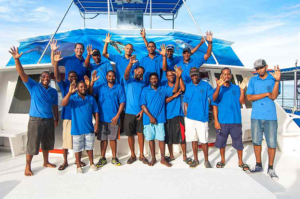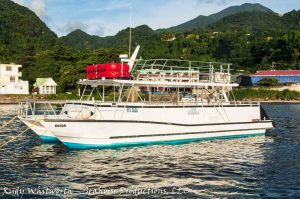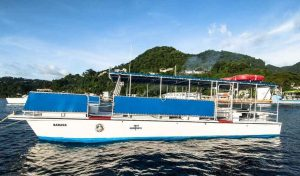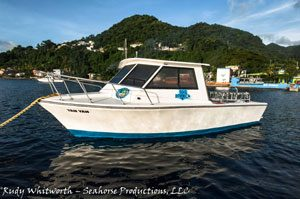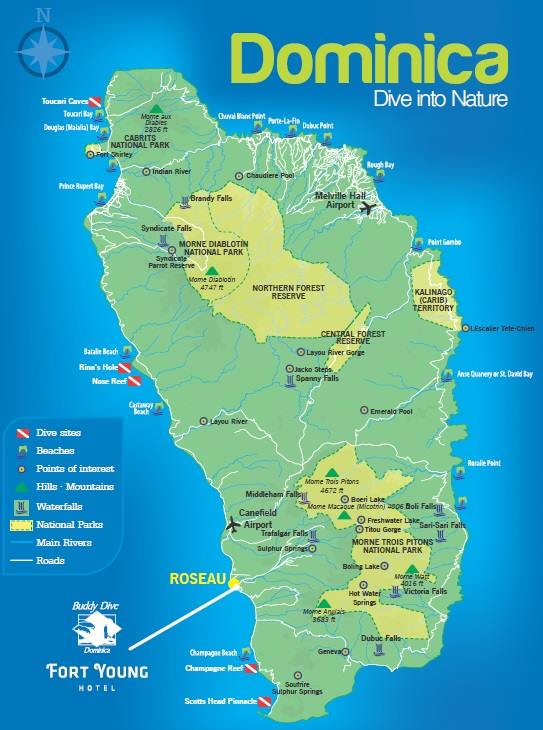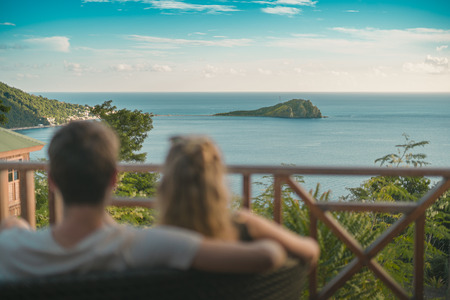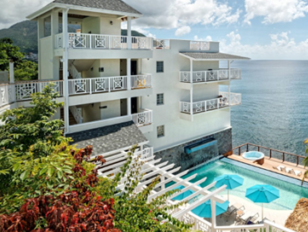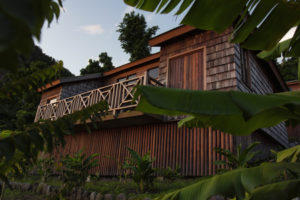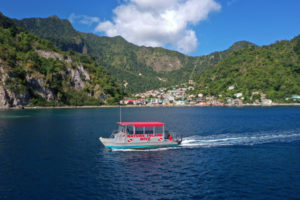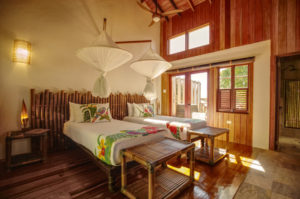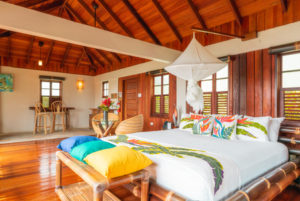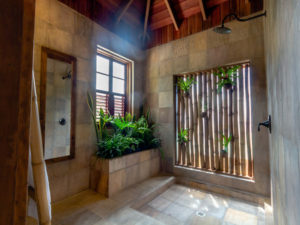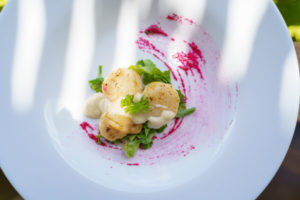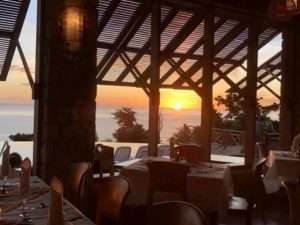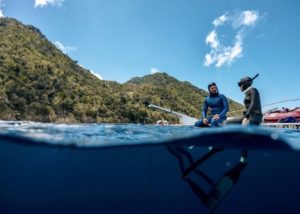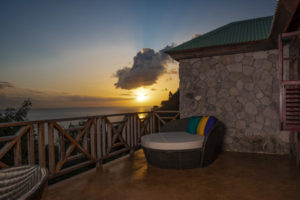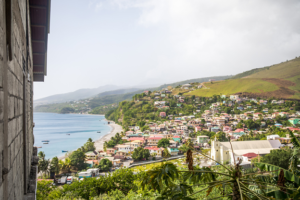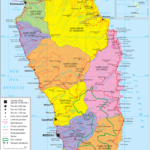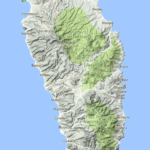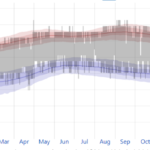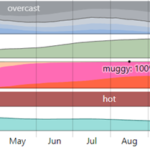Destination Overview:
Welcome to Dominica, a true Caribbean jewel renowned for its unspoiled beauty above and below the waterline. Dominica, often called the “Nature Island,” beckons divers with its pristine waters, volcanic underwater landscapes, and a vibrant marine ecosystem.
Diving Details:
Dominica beckons divers with its untouched and captivating marine landscapes. Whether you’re a novice or an experienced diver, the island offers a spectrum of dive depths, from shallow spots at 15 to 30 feet (4.5 to 9 meters) to exhilarating depths of 60 to 120 feet (18 to 36 meters) for the more daring. Immerse yourself in warm waters, averaging between 78°F to 84°F (25.5°C to 29°C) year-round, and explore the island’s numerous dive sites. Encounter vibrant coral formations, playful marine creatures, and volcanic underwater topography that create an enchanting diving adventure. Come and discover the hidden treasures that lie beneath the Caribbean waves in Dominica.
Insider Information:
Dominica hosts the world’s second-largest hot spring, Boiling Lake, situated within Morne Trois Pitons National Park. This remarkable natural wonder is a flooded fumarole with bubbling, grayish-blue water, seemingly in a state of perpetual boil due to the intense heat emanating from the volcanic activity below. The lake is a fascinating and distinctive geological phenomenon, providing insight into the formidable forces that have shaped the island’s topography.

